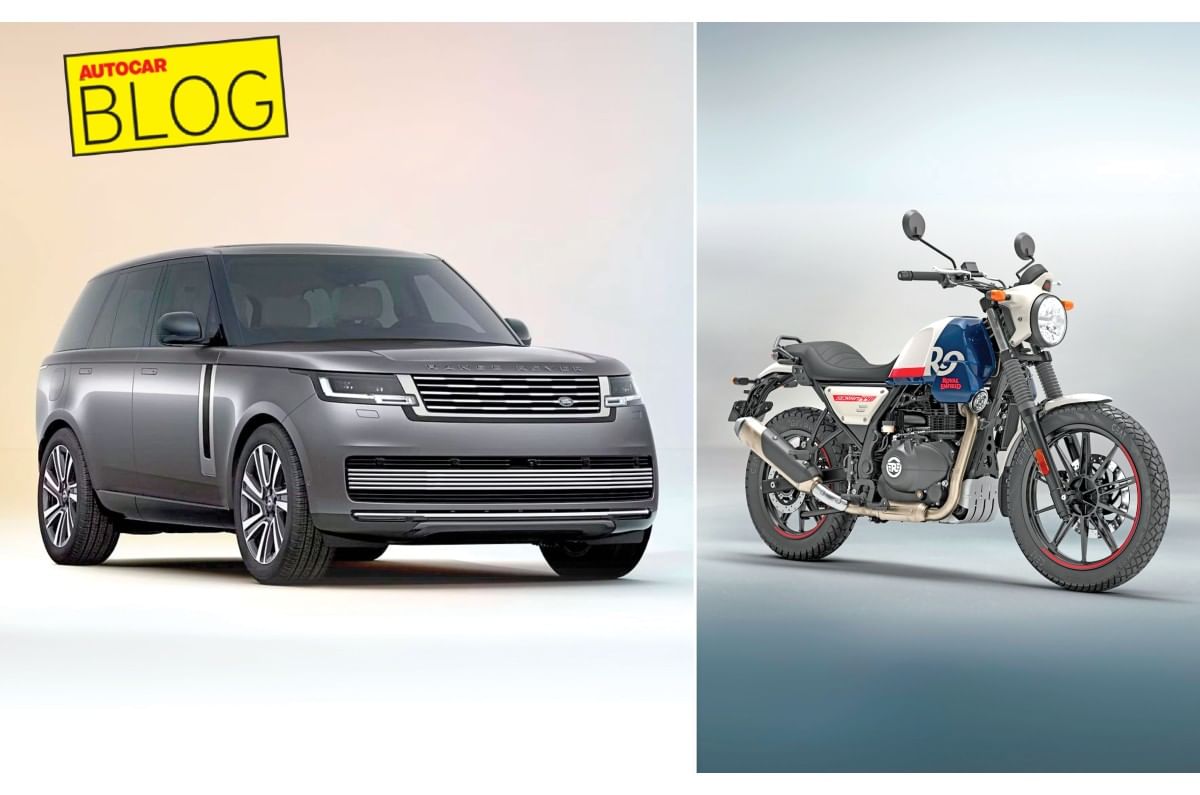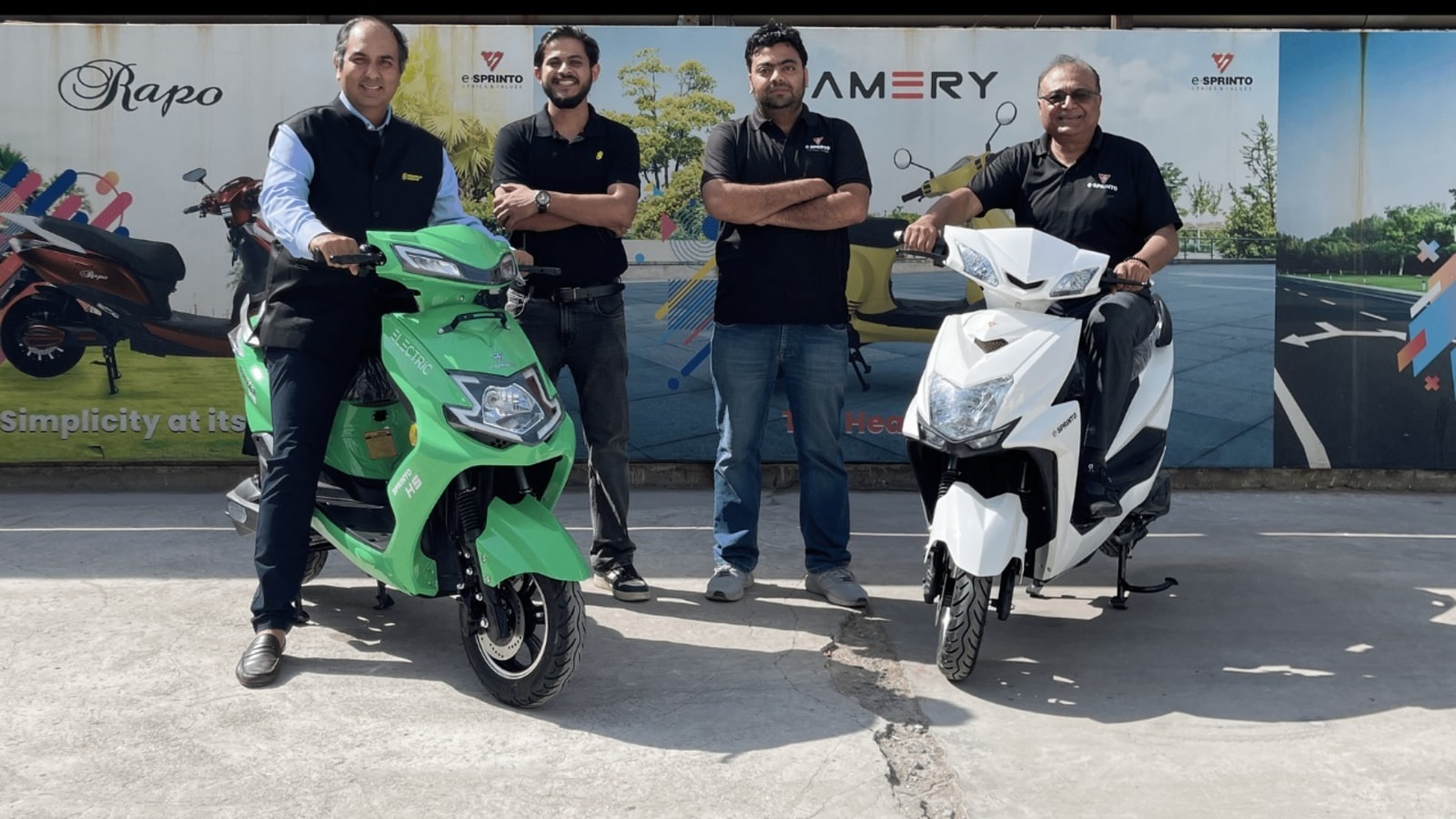
The new GST structure is a great move that will result in a revival almost entirely across the board for the auto industry. 18 percent for locally manufactured two-wheelers is a lot more reasonable than the previous 28.
The only problem is that all bikes above 350cc are now lumped under the category of sin goods or ultra luxury products and thereby attract a new rate of 40 percent. Weeks after this news became public, there still isn’t a clear understanding of the rationale behind the decision.
What has upset motorcycle enthusiasts is that every single luxury/supercar in India has gotten a massive price cut under these new regulations. That’s because, while the GST rate has actually increased to 40 percent, all the various add-on cesses have now been removed. In some cases, like luxury SUVs, the effective reduction in GST is up to 10 percent.
For example, a top-end Range Rover V8 that used to cost 4.55 cr now costs Rs 4.25 cr – a massive saving of Rs 30 lakh. If you apply the same logic to ultra-high end ICE supercars like Ferraris, the cost savings go well over 50 lakh rupees!
That’s excellent news, and it’s wonderful to see there being an incentive to spend on ultra-high end goods. After all, that’s a great way to grow an economy. But at the same time, while imported luxury goods have been rewarded, a valuable segment of our own automobile industry has been punished.
Sub-350cc motorcycles account for the majority of sales in India, but the segment of premium motorcycles above this has been growing well in the past five years. More importantly, it is an area of great potential for our industry – both for domestic sales and export.
Players like RE and Bajaj are already deeply invested in this space, Hero and Aprilia have recently joined in, and TVS will soon enter as well. Unfortunately, such regulation disincentivises the growth of this segment, something that can be seen in Bajaj’s quick move to downsize the new Triumph 400 range of motorcycles to 350cc for India. Valuable R&D time, space and funding that should have gone towards new products and technologies are now being occupied in downsizing.
We are on the way towards our ambition of becoming a USD 5 trillion economy. But getting there also means people should be motivated to spend on nice things, especially when they are locally manufactured. A premium motorcycle is an indulgence, but does that make it a bad thing?
One would have hoped that the top manufacturers were consulted in order to understand what they were developing while shaping these new rules. However, it’s still not too late to hope that a correction does happen at some point.
Unlike the car space, where the Indian giants are yet to find widespread global success, motorcycle players like Royal Enfield are already accepted and even respected across the globe. The same goes for Bajaj with its Triumph/KTM operations, and will soon happen for TVS with the upcoming BMW and Norton products.
Regulations like these could make manufacturers reevaluate whether bigger bikes are worthwhile. That’s a problem because evolved international markets don’t want small-capacity motorcycles. Our two-wheeler industry is proudly arriving on the global stage, and it deserves support to keep excelling in that space.
Also See: Opinion: The starkly different approaches of Ather and Ola



